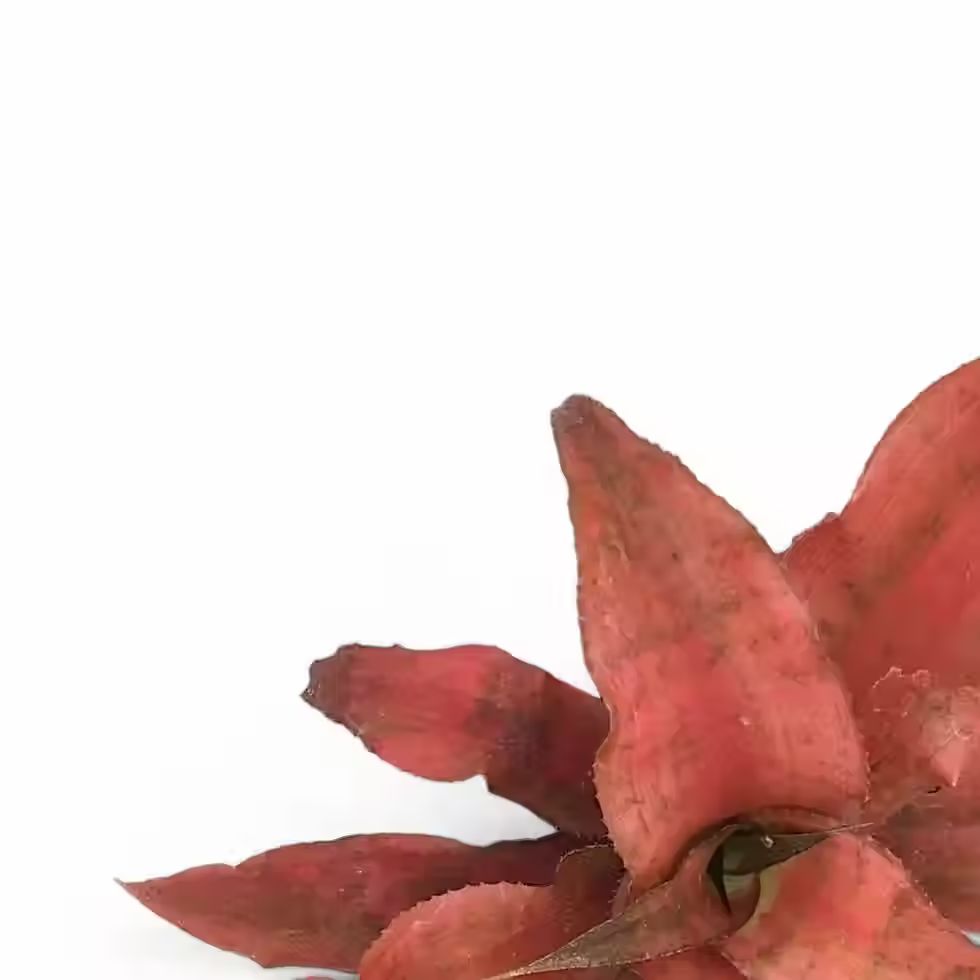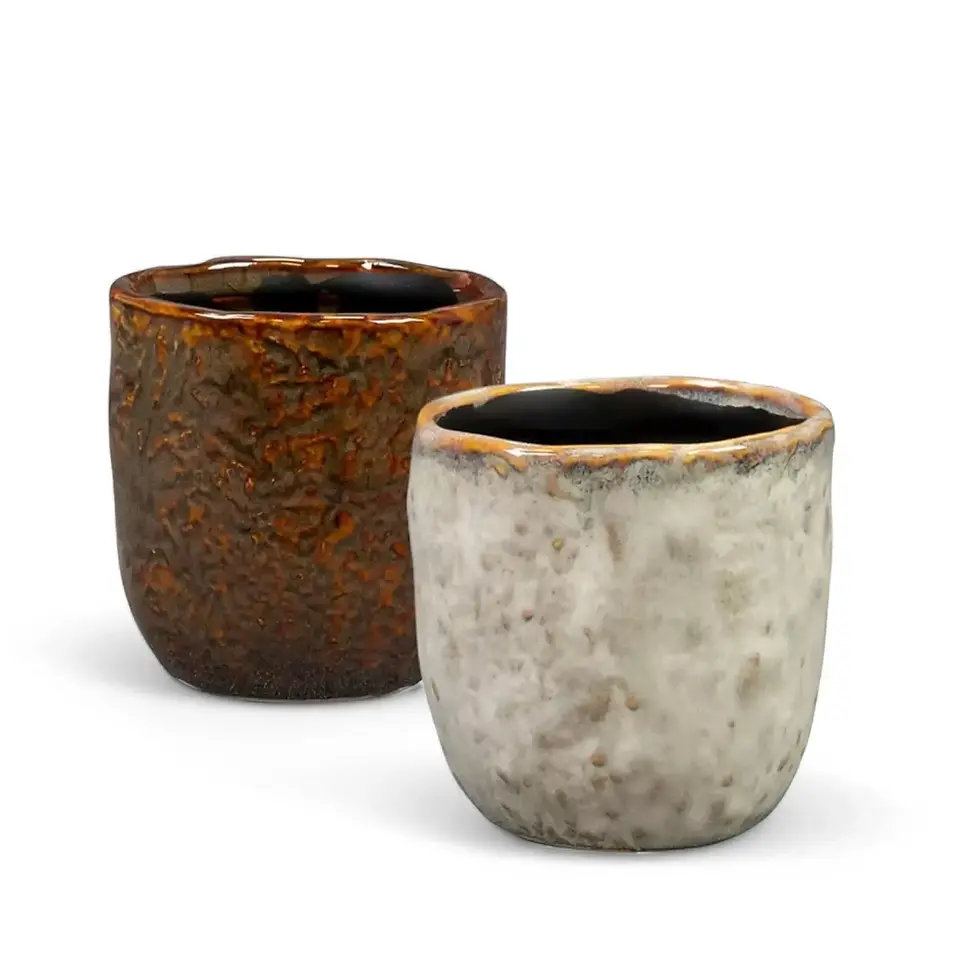Macodes petola - Insights and Care Guidelines
Macodes petola, also known as the Jewel Orchid, is a captivating choice for plant enthusiasts looking to elevate their indoor greenery collection. This stunning orchid is renowned for its velvety, deep green leaves adorned with shimmering gold or silver lightning-like veining. These intricate patterns reflect light beautifully, giving the plant a unique glow, especially under softer lighting conditions. The leaves are slightly textured, adding to their luxurious appearance. Native to Southeast Asia, Macodes petola thrives in high-humidity, tropical environments, making it an excellent indoor plant for those who want to replicate its natural habitat at home.
Distinctive Features and Benefits
- Foliage: Rich, velvety green leaves with striking, luminous veining.
- Size: Reaches a compact 25 cm in height and spread, ideal for small indoor spaces.
- Light Requirements: Prefers low to medium indirect light, making it adaptable to various indoor conditions.
- Humidity Preference: Thrives in high-humidity environments, perfect for terrariums or grouped plant setups.
- Toxicity: Safe for pets and humans, ensuring worry-free placement around family and animals.
Natural Habitat and Characteristics
- Habitat: Found in tropical rainforests of Southeast Asia, including Malaysia, New Guinea, and the Philippines, at temperatures ranging from 18-29°C with consistent rainfall.
- Growth Habit: Creeping growth habit with a compact spread, making it suitable for small spaces or terrariums.
- Growth Rate: Moderate, producing new foliage periodically throughout the year.
- Lifecycle: Perennial, ensuring it remains a long-lasting addition to your collection.
Macodes petola Care Instructions
- Placement: Position in a well-lit spot with bright, indirect light. Avoid direct sunlight to prevent leaf scorch. Group with other tropical plants to maintain humidity levels.
- Light: Performs best in low to medium indirect light. Excessive light can fade the striking veining patterns.
- Watering: Maintain consistently moist but not waterlogged soil. Water when the top layer feels dry to the touch.
- Humidity: Prefers 60-80% humidity. Use a humidifier or place in a terrarium for optimal conditions.
- Temperature: Thrives between 18-29°C. Keep away from cold drafts and temperature fluctuations.
- Soil: Use a porous, well-draining mix, such as sphagnum moss, orchid bark, and perlite. Refresh the topsoil annually to avoid salt buildup.
- Repotting and Pot Choice: Repot every 2-3 years or when roots outgrow the container. Opt for shallow, breathable pots.
- Fertilizing: Use a diluted, balanced liquid fertilizer monthly to promote healthy growth. Avoid over-fertilizing to prevent nutrient burn.
- Propagation: Best propagated through division. Use sterilized tools and ensure each division has viable roots and foliage.
- Hydroponics: Semi-hydroponics is not recommended for beginners. Experienced growers can attempt it with careful substrate selection to avoid root rot.
- Pruning: Remove dead or yellowing leaves to maintain a tidy appearance and overall plant health.
- Air Circulation: Good air circulation is essential to prevent fungal problems, especially in high-humidity setups.
Common Issues and Remedies for Macodes petola
→ Pests:
- Spider Mites: Address with neem oil or insecticidal soap.
- Mealybugs: Remove manually and apply systemic insecticides.
- Fungus Gnats: Reduce watering frequency and use sticky traps.
→ Root Rot:
Ensure proper drainage and avoid overwatering. Check the potting mix regularly.
→ Leaf Issues:
- Yellowing Leaves: Often due to overwatering or poor drainage.
- Brown Leaf Tips: Low humidity is the likely cause; increase moisture levels in the air.
→ Fungal Problems:
Avoid wetting leaves during watering and maintain air circulation.
→ Light Stress:
Adjust placement if leaves show discoloration or fading patterns.
→ Nutrient Deficiencies:
Pale leaves can signal under-fertilizing. Use a balanced fertilizer monthly.
→ Environmental Stress:
Sudden drooping leaves may result from transplant shock or abrupt temperature changes.
Additional Tips for Macodes petola
Understanding the Jewel Orchid’s natural environment ensures better care. Mimicking its native conditions—high humidity, indirect light, and consistent moisture—helps it thrive indoors. Display it in decorative terrariums or alongside lighter green or variegated plants for a striking contrast. Use plant stands or shelves to highlight its unique beauty and texture.
Etymology
The genus name "Macodes" originates from the Greek word ‘makros,’ meaning long, referring to the elongated lip of its flowers. The species name "petola" comes from local vernacular in Southeast Asia. Carl Ludwig Blume first described the species in 1840, cementing its place in botanical history.
Frequently Asked Questions about Macodes petola
How often should I water my Macodes petola?Water when the top layer of soil feels slightly dry, keeping the mix consistently moist but not soggy.
Can Macodes petola tolerate low light?Yes, it thrives in low to medium indirect light but avoids direct sunlight.
Is Macodes petola suitable for hydroponic setups?Not typically. Semi-hydroponics requires advanced care and precise substrate management to prevent root rot.
Ready to Add This Rare and Beautiful Orchid to Your Collection?
Shop now and transform your indoor space with the stunning foliage of Macodes petola!
Macodes petola
Macodes petola is approximately 7 cm tall and comes in a ⌀ 6 cm pot.

























































